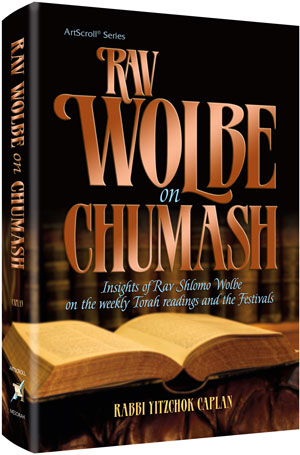After Bilam arrived in Moav, the Torah describes how Balak prepared him to properly curse Bnei Yisrael. "And it was in the morning, and Balak took Bilam and brought him up to the heights of Baal, and from there he saw the edge of the nation" (Bamidbar 22, 41). Why did Balak feel the need to show Bilam the Jewish Nation? Couldn't Bilam curse them from the comfort of his office? The Ramban (ibid.) explains that Balak specifically led Bilam to a place where he would be able to see Bnei Yisrael with his own two eyes, because one's very being is deeply affected by what he perceives. The success of the curse depended on the impression that seeing Bnei Yisrael would make upon Bilam's heart.
Rav Wolbe (Shiurei Chumash) notes that we find a similar situation with Moshe Rabbeinu. When Bnei Yisroel left Mitzrayim, Amaleik came out to greet them with a sword in hand. Yehoshua gathered a group of men who would wage war, while Moshe went to the top of the mountain to daven for their success. There, too, the Ramban (Shemos 17, 9) explains that Moshe specifically chose a spot from which he would be able to see those below (and they too would be able to see him) for it would positively affect his prayers.
Rav Wolbe continues that true awareness is only achieved when one perceives something before his eyes. If one wants to truly feel the pain and suffering of a poor person, he should take a walk to his house and view his dire living quarters.
We can take his concept a little further. If we can perceive an event in our mind even if we cannot actually see it, this will affect us and improve our emunah in a way that cannot be fathomed by one who has simply read about these events in a sefer. Chazal tell us that on the Seder night we are supposed to perceive ourselves as if we left Mitzrayim. If we can recreate and depict in our minds the exodus, then we can succeed in truly feeling as if we too left Mitzrayim. Moreover, Rav Wolbe often quoted the Kuzari who writes that imagination was given to us as a tool to conjure up pictures of our rich past, such as the Akeidah, Ma'amad Har Sinai and the Beis Hamikdosh. Seeing something, whether with our eyes or our mind, allows us to appreciate its true impact.


No comments:
Post a Comment